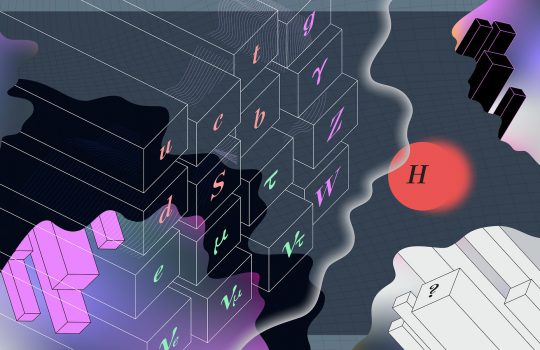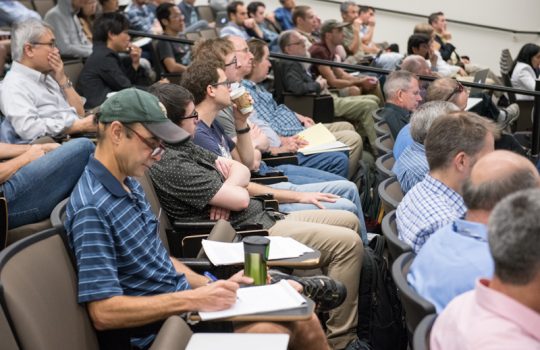Múons na arapuca
From FAPAESP’s Pesquisa, Oct. 18, 2018: Em meados de setembro, partículas vindas do espaço começaram a atravessar um tanque em forma de cubo com 6 metros de altura, instalado na Cern, na Suíça, e deixar rastros de luz que foram captados por detectores criados no Brasil.


